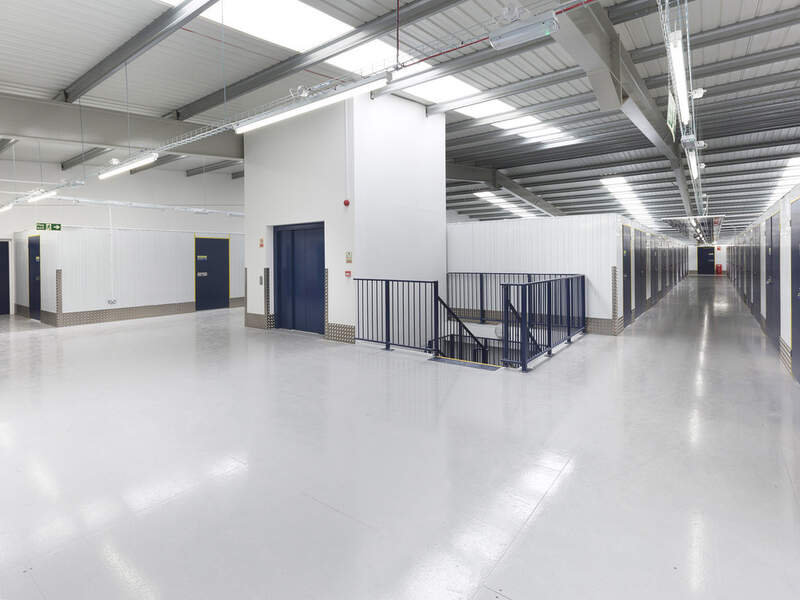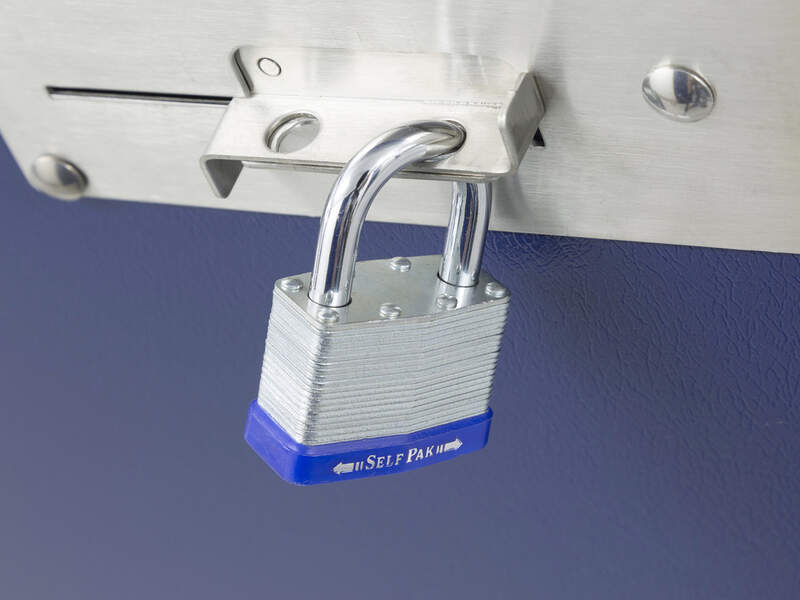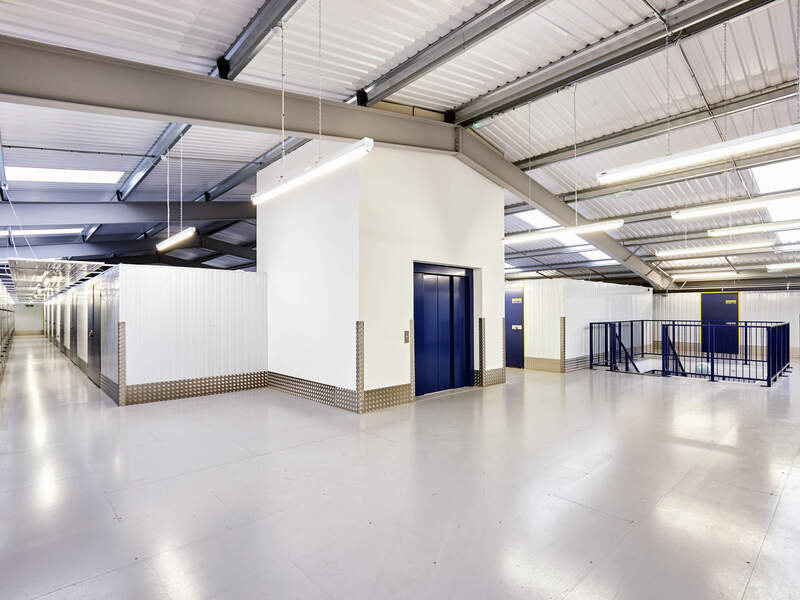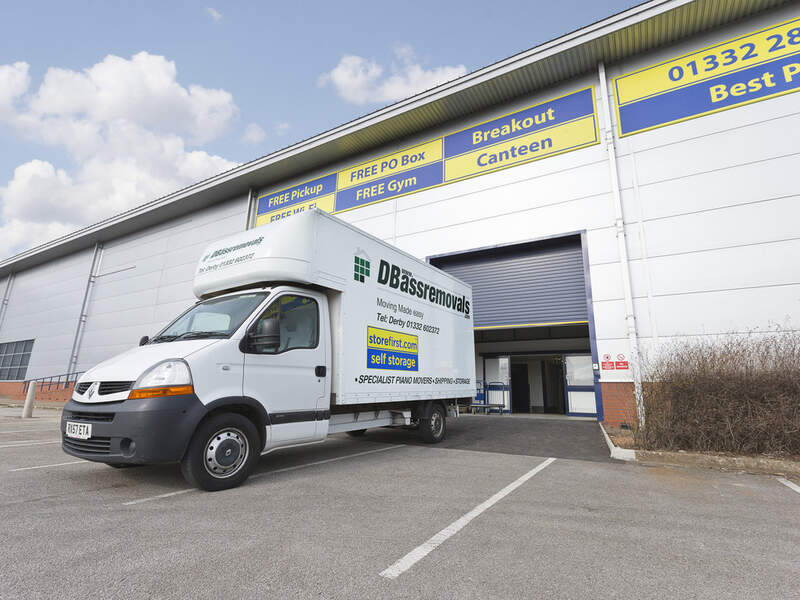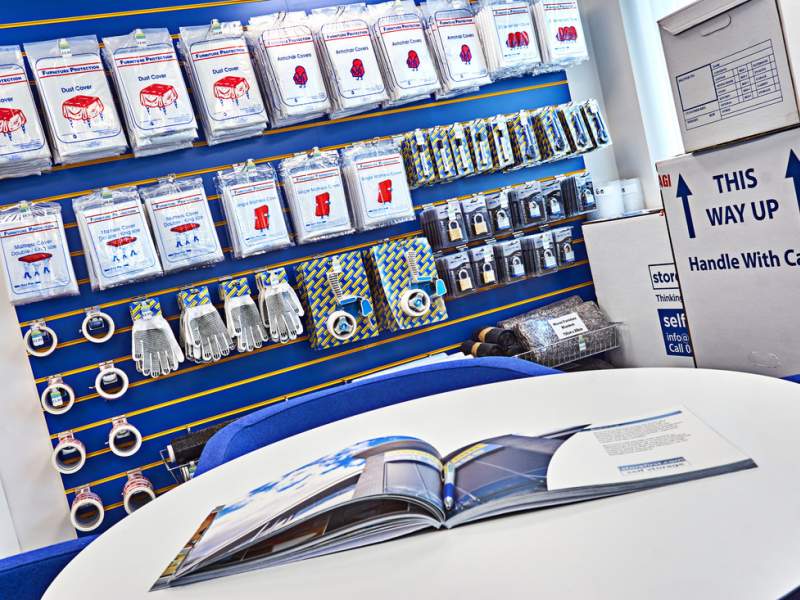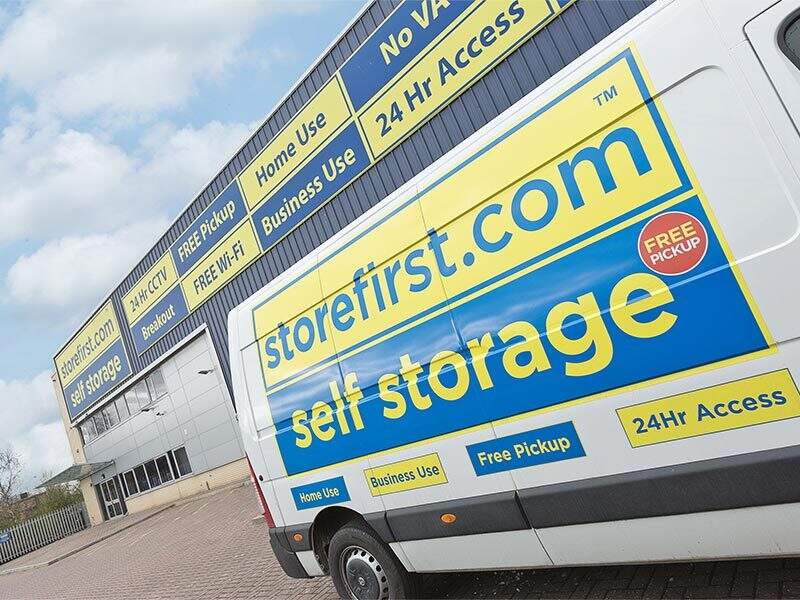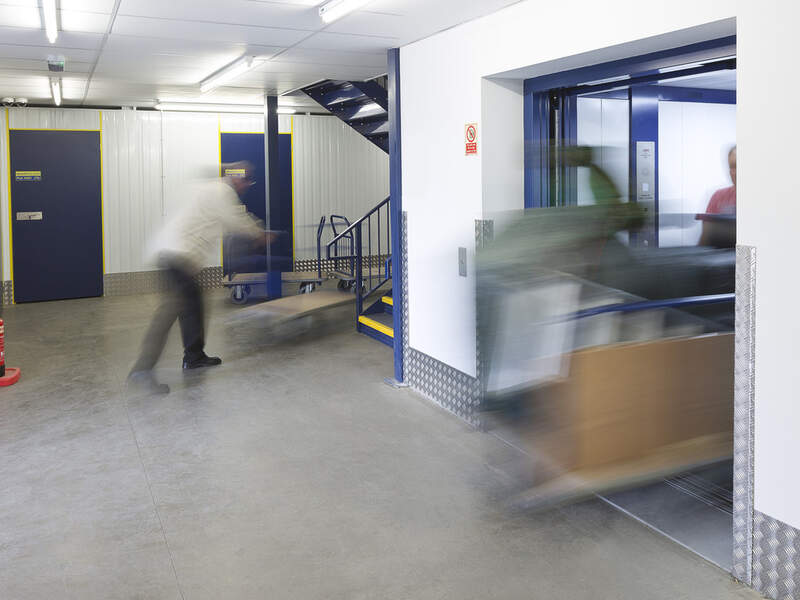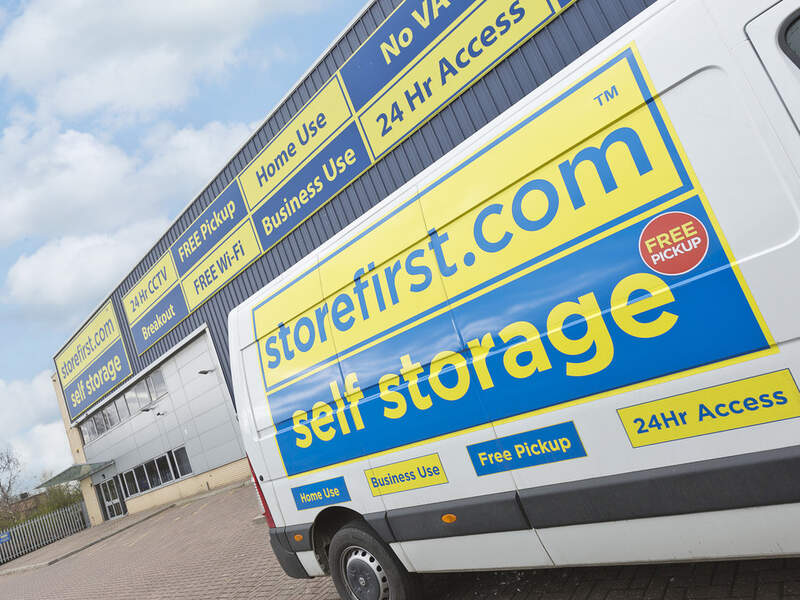Moving House: What to Pack and When

Make your home move as stress-free as possible with Store First's extensive guide
Whether you’re up-sizing to a larger home or simply relocating, moving into a new house is often a stressful process. One of the hardest parts of moving is packing up all of your possessions – something far too many people leave until the last minute.
While packing all of your furniture, appliances and personal items might seem like an impossibly large task, it’s surprisingly easy (and quick) to pack up and prepare for moving day with the right amount of planning and preparation.
From packing one room at a time to creating a daily checklist for each day of your moving week, in this post we’ll share seven tactics to help you work out what you should pack before moving and when you should pack it.
So read on for our top tips on: Moving House; What to Pack and When.
Start packing as early as possible, even if you just pack small items
Just like waking up or going to the gym, the hardest part of packing up your items is getting started. It’s easy to put packing off until the day before you move, leading to a stressful rush to pack everything as the moving company arrives.
Packing tends to take longer than you’d expect, especially if you have lots of fragile items that need to be wrapped and boxed. When you start early, the worst that can happen is you finish earlier than expected, giving you extra time to prepare.
Start by packing large items that you rarely use. Furniture in guest bedrooms, desks and home office equipment, heavy decorative items and other non-essentials should be the first things you pack up.
Create a checklist of essential items to pack before you leave
Unless you live in a small apartment and have very little furniture, it’s unlikely that you’ll be able to unpack everything on your first day in your new home. Packing all of your essential items into one box makes unpacking far easier.
Prepare a checklist of items you can’t live without – things like cooking equipment, ingredients, bed linens, towels, personal hygiene items and more – and pack them into an “essentials” box the day before you’re scheduled to move house.
Still making my checklist for moving. Looks like I won't be driving out tomorrow. Maybe Thursday?! Cmon Damian you can do this!
— Damian Sanders (@makemebad35) September 3, 2014
Once you arrive at your new home, you can unpack the essentials box first to make sure you’re prepared for your first night at home, even if the rest of your furniture isn’t yet unpacked or assembled.
Collect newspapers for the month before you move house
Newspapers are a great packing tool. Whether scrunched up in the bottom of a box for impact protection or wrapped around fragile items like glasses or coffee cups, a sheet of newspaper can make packing and transporting items a lot easier.
Collect newspapers for the month before you move house so that you’ve got plenty of protection for fragile plates and glasses, electronic equipment and antiques. Ask your neighbours and friends for spare newspaper – it’s extremely handy.
Once you’ve packed fragile items into a box, make sure to mark it as fragile so you, or the moving company, don’t accidentally damage its contents. You’ll want to put fragile items into your vehicle last so they don’t bear the load from other boxes.
Pack one room at a time, starting with the least frequently used
Packing one room at a time makes measuring progress simple. It’s also a great way to pack without changing your home environment too radically – something that’s often a problem for pets and young children that thrive on comfort and familiarity.
Start by packing up the rooms that are used the least. Spare bedrooms are a great place to start, as are home offices and second living rooms. Pack the entire room’s contents and store them inside the room instead of in a garage or hallway.
This strategy frees up storage space as you pack, making it easy to store boxes out of the way. Once you’ve packed up a spare bedroom, it can become your storage centre as you pack up the rest of your home’s contents before moving day.
Pack heavy items early and store them near your home’s entrance
Heavy items such as sofas, tables and boxes of books are difficult to transport and, in some cases, hazardous to lift. Pack them as early as possible – this way, you’ll get the biggest and most demanding job out of the way, simplifying the rest of your packing.
Instead of storing heavy boxes in a spare room, keep them close to your front or rear door. This way, you won’t have to carry heavy boxes or cumbersome items so far on moving day to reach your vehicle.
Repeated heavy lifting can lead to back injuries, especially if you’re lifting boxes and other heavy items. If you’ve got lots of heavy boxes to move, buy a box trolley (most will support up to 25 kilograms) so that you don’t have to pick up boxes repeatedly.
Store large items in storage to make moving into your new home easier
A lot of the stress of moving day is due to the sheer quantity of items that need to be moved into your new home. From sofas and tables to books, DVDs and utensils, it’s a draining experience to move hundreds of items at once.
Take some of the stress out of moving day by storing large objects such as armchairs or boxes of personal items in a personal storage unit. This way, you can collect items from the storage unit as you move instead of transporting everything at once.
Thanks to our Cleverbox storage service, you don’t even need to deliver your items to your storage unit to keep them off-site as you move. Just order the right amount of boxes and we’ll collect and deliver your items to you at your new address.
Create a packing checklist for each day of the week you move
It’s easy to leave packing until the last minute, especially if you’re moving to a new home that’s nearby. Packing at the last minute is a stressful experience that makes moving day far more difficult, as well as a great way to lose or forget about items.
Instead of leaving packing until the last minute, create a packing checklist for each day of moving week. Pack one room at a time or spend each day packing a certain type of item, from furniture or electronic appliances to books.
Creating a daily checklist holds you accountable and forces you to start packing in advance – something that’s easy to forget about. Once you’ve completed each day’s checklist, you’ll know you’re a step closer to being prepared to move house.




